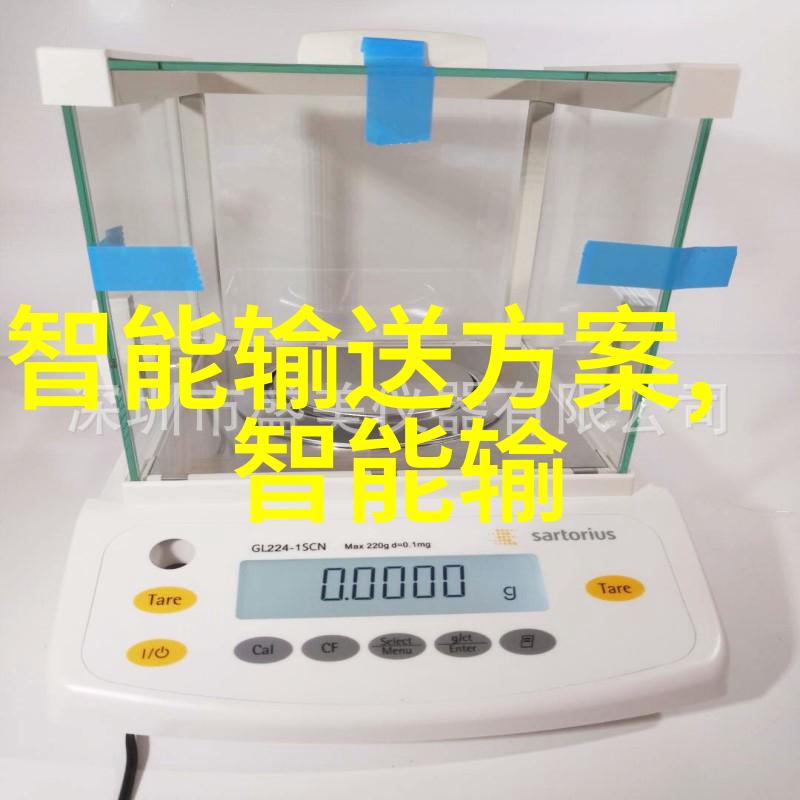hospital water purification equipment is a critical system for ensuring the safety of medical treatment, as it provides clean drinking water for patients and staff.
The importance of hospital water purification equipment cannot be overstated, as it plays a vital role in preventing the spread of waterborne diseases.

Hospital water purification equipment typically consists of several stages, including pre-treatment, reverse osmosis, ultraviolet (UV) light disinfection, and post-treatment.
Pre-treatment involves removing larger particles and contaminants from the raw water supply to prevent clogging the membranes used in subsequent stages.

Reverse osmosis uses semipermeable membranes to remove dissolved solids and other impurities from the water by applying pressure to force the water through tiny pores.
The importance of hospital water purification equipment cannot be overstated, as it plays a vital role in preventing the spread of waterborne diseases such as Legionnaires' disease and pseudomonas aeruginosa infection.
Hospital water purification equipment typically consists of several stages:

Pre-treatment: This stage involves removing larger particles and contaminants from the rawwater supply to prevent clogging themembranes used in subsequent stages.

Reverse osmosis: This stage uses semipermeablemembranes to remove dissolved solidsand other impurities fromtheewaterby applyingpressureto forceitthroughtiny pores.

Ultraviolet (UV) light disinfection: Thisstageuses UVlightto killbacteriaandothermicroorganisms that may be presentinthe wastewater stream.
Post-treatment: This stage involves adding chemicals or adjusting pH levels to ensure that there are no residual tastes or odors inthe treatedwater.
In addition to these physical processes,
hospitalwaterpurificationequipmentmay also include chemical treatments such as chlorination or ozonation,
which can help kill bacteria and viruses more effectively than physical methods alone.
Furthermore,hospitalwaterpurificationequipmentmustbe regularly maintainedand testedto ensurethat it continues tocfunction properly.
This includes monitoring flow rates,
conducting routine maintenance checks on valves and pumps,
performing regular tests for bacterial contamination,
and replacing filters when necessary.
By investing in high-qualityhospitalwaterpurificationequipmentandsupportingsystems hospitals can provide their patients with safe drinking watereven during emergencies like floods or power outages.